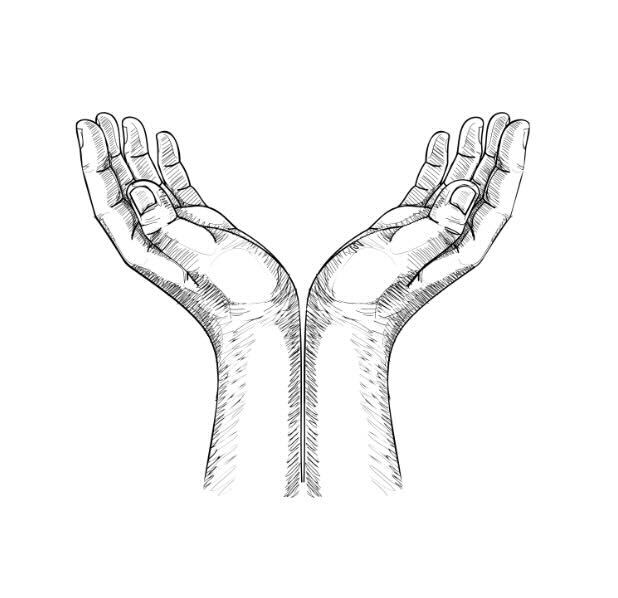EE: Hi, my name is Elizabeth. My name is Archana. And today we’ll be interviewing Mr. Chow, our current art teacher and art department lead, about how art influenced him and his students.
EE: What made you want to be an art teacher?
BC: Leaving high school, I knew I wanted to do something related to art and be creative. Becoming a teacher, specifically an art teacher, seemed to me the most appealing because I could still do art, but I could also talk to people, one on one have conversations, and that’s the the best way to help people, one on one.
EE: What is your favorite part of being an art teacher?
BC: I get to hang out with people like you, and get to talk to young folks and help them navigate becoming a young adult and finding their way in the world. And try and uplift you and help you get to where you want to go and who you want to be. I think that’s what I like about being an art teacher. It’s fun, something new every day and every year and there’s always new students, so it’s always something new because it’s not the same as people that came before you. It’s all different. It’s fun, it’s a challenge, but it’s fun to be able to try to help young folks in any way I can.
EE: Do you have a teaching philosophy you go by when you’re teaching classes?
BC: Having fun, I think. If you’re not having fun, then there’s something wrong, because learning is supposed to be fun. Believe it or not, high school can, can be fun, and learning should be fun. And it shouldn’t just be an arduous task. You can be serious about having fun. You can also be loose and a little carefree and having fun, but having fun in a way that is productive is what I’m talking about. Through play, you do sports and PE and some of it is just fun. You might have to play like pickleball and you actually, it’s actually fun. But it’s also giving you a lot of other things that aren’t as part of the physical education. So that’s my philosophy, is having fun. And I think the other philosophy is being flexible. Being able to change with times, change with what’s in front of you, whether it’s a barrier or whether it’s philosophical, mental or physical, being able to be malleable in the moment and also in the long term, I think will yield more happiness and more success and more productivity for you if you’re able to be flexible and malleable to any given situation. It doesn’t mean to give. It doesn’t mean to compromise your ethical and moral compass.
EE: Why do you think teaching art is important?
BC: There’s so many reasons I can list. The first one is, what would life be like if you didn’t have art or culture in your life? And you can start imagining that. You can’t separate art from our culture. Everything that we do, the clothes that you wear, the movies that you watch, the books and stories you read. The stories that you’re writing is, in this case, is an art form, right? You have journalism, which is a little more about reporting, but you have the story that you write is more of an art. You’re telling a story. And that’s something that goes hand in hand with us as humanity and our civilization. That’s the first thing. That’s one everyone kind of knows. And, you know, enrichment, be well rounded, those are the things that people also talk about, too. But the real part of it is that it’s creative problem solving. And anyone that understands how difficult our world is, you need creative problem solvers in this world. And that’s where artists come into play.Artists are not afraid to take risks. They’re not afraid to fail and to try again. And they are very good at coming up with creative solutions given the parameters that’s in front of them. And that’s exactly the type of thinking that people need in order to navigate the 21st century. So having an art training, having an art education, having artists. In the design fields and the art fields are really and the third thing is I think young people, new generations of people like yourselves really need to understand what I just said. First of all, they need to be trained and versed in being able to be malleable problem solvers, incredible problem solvers, not just like solving a problem, not in a great way, but like really in a thoughtful, meaningful, in a deep way, in an effective way. And I think that here at Monta Vista, so this is also a blanket statement that also applies. You have this in that academic environment, You really need some balance to your life, and the other side is your education. The art part of it is more than just making a project, it’s more than just the problem solving skills. You have literally the mental health skills that you get from being able to navigate challenging parts of your day, or being taxed with your brain, with doing other types of activities, so art is a making, physical, creative activity. But it does mean that you should try to navigate that maybe differently than having maybe a rigid approach to things when it comes to navigating problems. So being flexible, that’s a growth mindset.
EE: And with that, this is Elizabeth, and this is Archana. Thank you so much for listening.


















